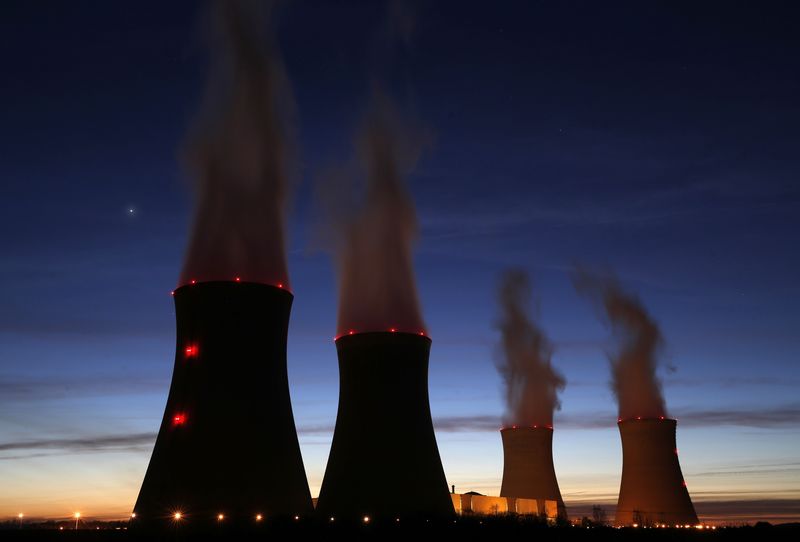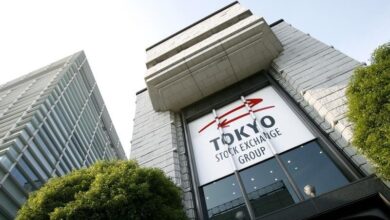Can nuclear fuel the rise of AI

The surge in artificial intelligence (AI) and data center buildout is intensifying the hunt for stable, low-carbon power sources, with nuclear energy increasingly seen as part of the solution.
Analysts believe that small modular reactors (SMRs) could play a pivotal role in addressing this issue.
“Their compact, modular design promises faster construction (3-5 years) and flexible siting near powerintensive industries or remote areas, making them particularly suited to meet the surging electricity needs of data centers and AI applications,” Bernstein’s Brian Ho said in a note.
Data centers consumed 415 terawatt-hours (TWh) of electricity in 2024, equal to 1.5% of global power use. That figure is expected to more than double by 2030 and could hit 4,000TWh by 2050, equivalent to Japan’s total current consumption.
“Data centers require high power loads and uninterruptible power all-year round,” Ho notes. “Data centers are also highly concentrated which makes reliance on the grid alone challenging. As such, this makes nuclear power a very compatible source of power for hyperscalers.”
U.S. companies have already announced 28GW of nuclear capacity dedicated to data centers in just the past two years. Strong policy momentum is also helping push nuclear back into focus, with China expected to raise its targets, the U.S. moving toward regulatory reforms, and the EU allocating capital to expand capacity.
SMRs, with outputs below 300MW, align closely with the 24/7 power requirements of most data centers. They can be manufactured in factories, shipped to sites, and assembled quickly, giving them a potential edge over conventional gigawatt-scale reactors. Their modular design could also lower financing risks and deployment costs over time.
However, cost inflation has plagued early projects, with capital expenditures sometimes tripling initial estimates.
Ho cautions that most SMR projects will not reach commercial operation until the 2030s, though learning effects, economies of scale, and subsidies could eventually bring costs down by as much as 70%.
Global SMR capacity is projected to expand from 280MW this year to 4.2GW by 2035, a 31% compound annual growth rate. Even at that level, it would amount to only about 1% of today’s total nuclear capacity, underscoring how early-stage the technology remains relative to the scale of demand.
Yet, this still represents only about 1% of today’s total nuclear capacity. Regulatory complexity and safety remain key hurdles, with pressurized water reactors dominating approvals so far.
For investors, Bernstein highlights Doosan Enerbility (KS:034020) as a key beneficiary. The company is positioned as a major supplier of SMR components, targeting production of 20 units annually by the decade’s end, with partnerships including NuScale, X-Energy, and TerraPower.
Cameco is also favored for its low-cost uranium assets, its stake in next-gen laser enrichment, and its ownership in Westinghouse.
In sum, while nuclear power “could be part of the solution, especially in regions with limited access to solar and wind power,” commercialization hurdles remain, Ho argues.
Companies will need to show tangible progress to justify lofty valuations, but with AI and electrification driving demand, nuclear is back at the center of the energy debate.





